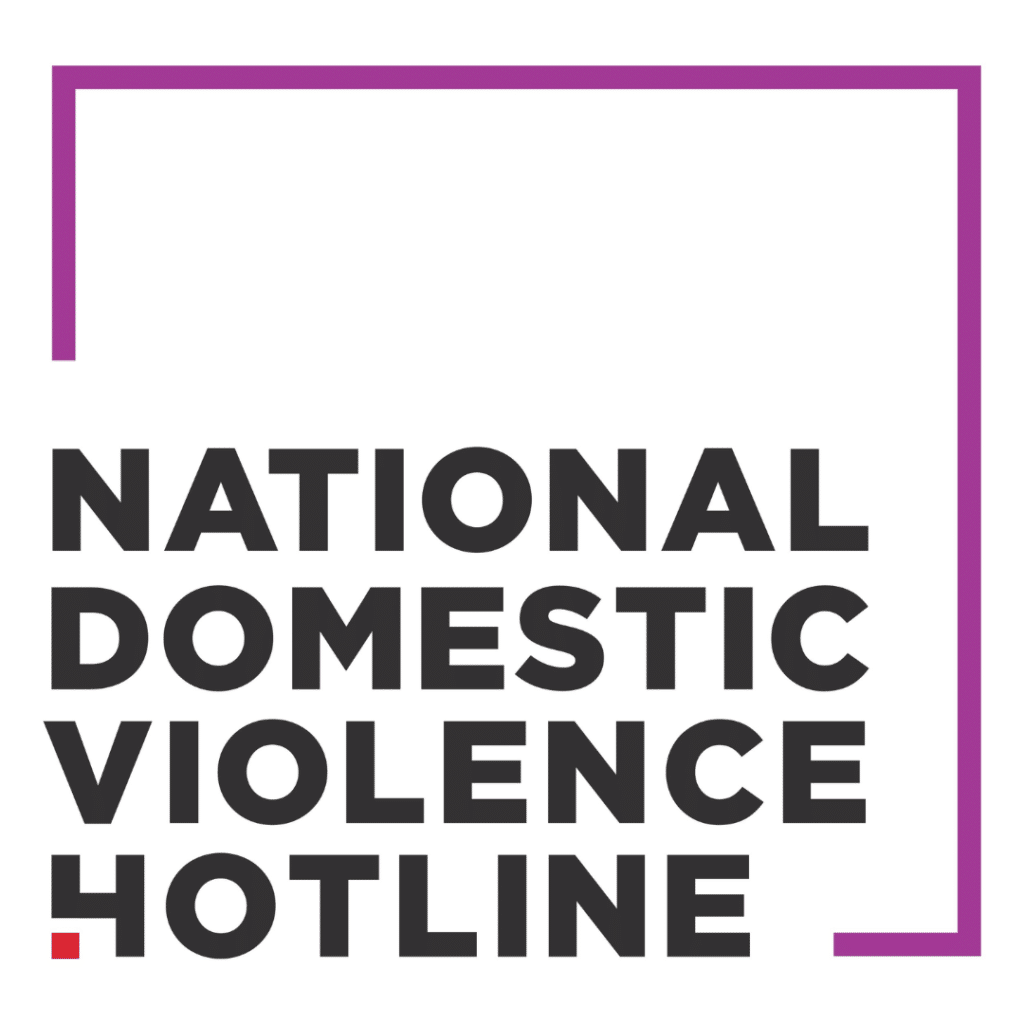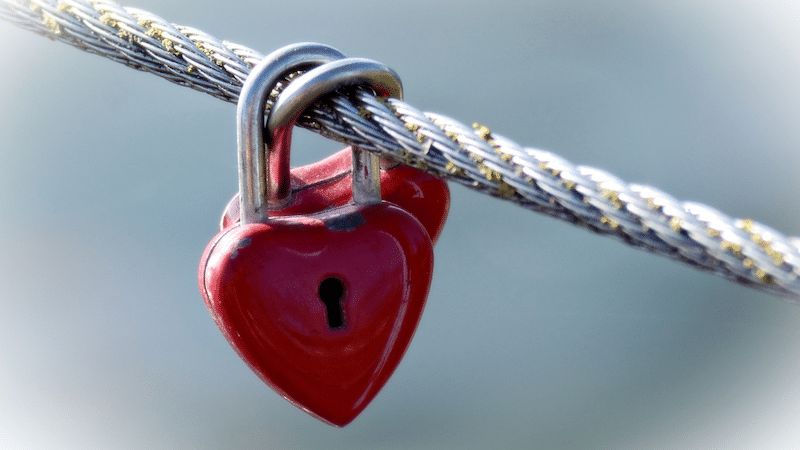What Is Intimate Partner Violence?

Intimate partner violence is violence that occurs in a relationship between current or former spouses or dating partners of any length of time. It includes, but is not limited to: stalking, harassment, and mental, emotional, physical, economic, and technological violence.
Prevalence
Research shows that 47.3% of women and 44.2% of men have been victimized by an intimate partner in their lifetime.1 Transgender and non-binary individuals are at a higher risk for intimate partner violence, with 54% reporting some form of intimate partner violence during their lifetime.2
What is the difference between intimate partner violence and domestic violence?
Oftentimes, these terms are used interchangeably, but differentiating the two can actually help us bring attention to different forms of abuse. Domestic violence is violence that occurs within the home amongst any members of the household. It includes, but is not limited to: stalking, harassment, and mental, emotional, physical, economic, and technological violence. Domestic violence can occur between intimate partners, but it can also occur between parents and their children.
When we use the term domestic violence to describe violence between people in a romantic relationship, we exclude those who do not live with their partner. Using the term domestic violence when we should be using the term intimate partner violence also implies that domestic violence can only occur between intimate partners, which excludes those who are abused by family members. Some instances of abuse can be considered both intimate partner violence and domestic violence.
What is the impact of intimate partner violence?
Survivors of intimate partner violence can experience fear, PTSD symptoms, concerns for their safety, injury, need for medical attention, and may need to speak to the police.1 It can also cause survivors to experience trust issues, life-long injuries, and reproductive coercion.3 For most survivors, domestic violence is a traumatic experience and they will often experience various symptoms of trauma. Survivors may have issues in future intimate relationships because they anticipate that their new partner will act in similar ways, or they may perceive acts of abuse as normal. Intimate partner violence can also be fatal.
Leaving an abusive relationship
Even after leaving an intimate partner who was violent, the abuse may continue. Research shows that within the first two years of leaving an abusive partner, violence can increase by 75%.4 75% of women who died by homicide had either left or attempted to leave an abusive intimate partner.5 Former intimate partners may continue to stalk and harass the survivor, which can make them consider involving the police or on-campus authorities. Survivors may also need to file a restraining order, which can be costly, time-consuming, and ineffective.
- Leemis R.W., Friar N., Khatiwada S., Chen M.S., Kresnow M., Smith S.G., Caslin, S., & Basile, K.C. (2022). The National Intimate Partner and Sexual Violence Survey: 2016/2017 Report on Intimate Partner Violence. Atlanta, GA: National Center for Injury Prevention and Control, Centers for Disease Control and Prevention.
- James, S. E., Herman, J. L., Rankin, S., Keisling, M., Mottet, L., & Anafi, M. (2016). The Report of the 2015 U.S. Transgender Survey. Washington, DC: National Center for Transgender Equality.
- Patra P, Prakash J, Patra B, Khanna P. Intimate partner violence: Wounds are deeper. Indian J Psychiatry. 2018 Oct-Dec;60(4):494-498. doi: 10.4103/psychiatry.IndianJPsychiatry_74_17. PMID: 30581217; PMCID: PMC6278226.
- Center for Relationship Abuse Awareness & Action. (n.d.). Barriers to Leaving an Abusive Relationship. https://stoprelationshipabuse.org/educated/barriers-to-leaving-an-abusive-relationship/
- Fialkoff, D., Rankin, C., & Barlow, F. (2003). National Institute of Justice Intimate Partner Homicide. NIJ Journal, (250). https://www.ojp.gov/pdffiles1/jr000250.pdf

988 Suicide and Crisis Lifeline
988 Lifeline is a national network of local crisis centers that provides free and confidential emotional support to people in suicidal crisis or emotional distress 24 hours a day, 7 days a week in the United States. We’re committed to improving crisis services and advancing suicide prevention by empowering individuals, advancing professional best practices, and building awareness.

National Sexual Assault Hotline
RAINN is the nation’s largest anti-sexual violence organization. RAINN created and operates the National Sexual Assault Hotline in partnership with more than 1,000 local sexual assault service providers across the country.
Phone: 800-656-4673
Chat: Click here to chat

VictimConnect Resource Center
VictimConnect is a referral helpline where ALL crime victims can learn about their rights and options confidentially and compassionately.
Phone and text: 855-4-VICTIM
Online chat: Monday-Friday from 9am to 5pm EST



